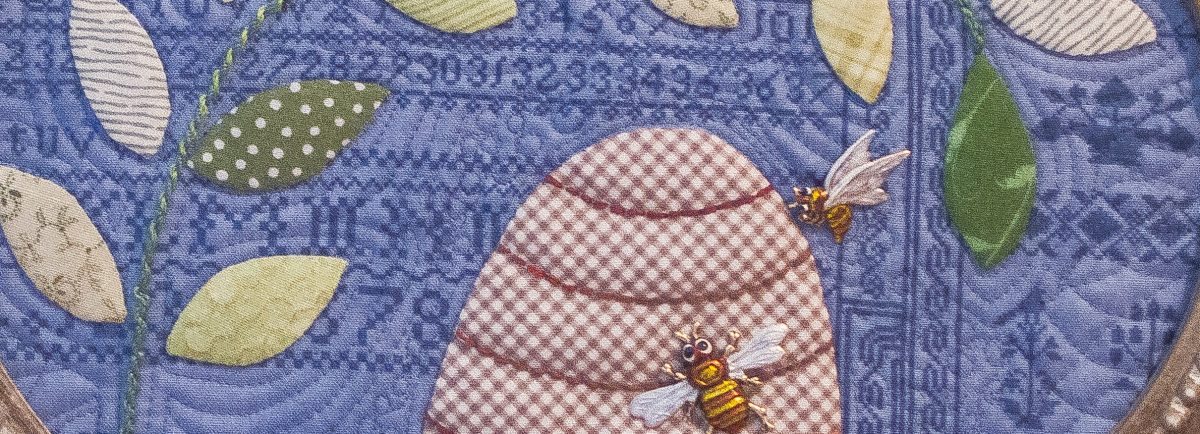
I just spent three days with my quilting sisters. We hosted our guilds quilt show and had a blast! Normally held biennially, it had been four years since our big weekend party. Covid had forced us to cancel our show in 2020, so we were ready to get back to business sharing our love of quilting with others.

We host the show to share our passion and educate others about the history of quilting, the art of quilting, and the availability of resources available locally. The truth is that members of the guild are also inspired by this display. Weve seen most of these quilts before in meetings at our show and tell sessions. But having them hang together for three days gives us a chance to visit, to examine things up close, to ask questions of each other, and to learn.

Its a lot of work to put on a show. Planning has been going on for months. Members submit entry forms for quilts, members share the tasks of organizing that information, preparing booklets, labels, ballots, ribbons, and a floor layout. On Thursday, all that comes into play as we “hang the show”.

On Thursday night, members and our guests meet to bask in the beauty with each other. We examine the quilts and cast our votes in several categories. Quilters Choice ribbons are awarded by our ribbon queen Tess at our members reception.

During the show, we love visiting with our guests. Some visitors are not quilters, but friends of quilters, or folks who are interested in every art form they can find. Answering their questions gives us a new perspective on what we do seeing our work through the eyes of those who might not be quilters puts a new spin on things. Other visitors are quilters from other guilds in the area, and I love to chat with them and learn about their quilting and their stitching groups. In fact, I wrangled invitations to visit a couple of groups soon. Youll hear about them in the future.

At the end of the show, more ribbons are awarded (viewers’ choices) along with the winners of our silent auction quilts and our raffle quilt. More details of some quilts and their makers are in the captions of photos that follow.









Is This the Party To Whom I am Speaking? (above) is a bold graphic quilt…but the title comes from the fact that Kathy’s mother is a retired telephone operator. Kathy collected fabrics with images of phones to include in her quilt. The detailed shot at the left shows some of those.



I had several quilts in the show, won’t bore you with all….but a few with links to their stories are here.














































 Children are so observant. They see details that we adults pass right by.
Children are so observant. They see details that we adults pass right by.
 Quilt details: Finished measurements: 36″ x 50″, batting was probably 80% cotton, 20% polyester, quilting was straight lines with walking foot.
Quilt details: Finished measurements: 36″ x 50″, batting was probably 80% cotton, 20% polyester, quilting was straight lines with walking foot. Today at a community event where I was invited to share my quilting story, members of the group were invited to bring some of their family quilts as well. Several did just that. What fun to hear others quilt stories.
Today at a community event where I was invited to share my quilting story, members of the group were invited to bring some of their family quilts as well. Several did just that. What fun to hear others quilt stories.
 Now I’m itching to grab some hexagons and assemble them in the pattern these women used.
Now I’m itching to grab some hexagons and assemble them in the pattern these women used.
 drawing I made last week from a photo taken in our backyard. I love old, well-worn watering cans almost as much as I love geraniums. Anything in blue is beautiful So, the three working together make my soul sing.
drawing I made last week from a photo taken in our backyard. I love old, well-worn watering cans almost as much as I love geraniums. Anything in blue is beautiful So, the three working together make my soul sing.